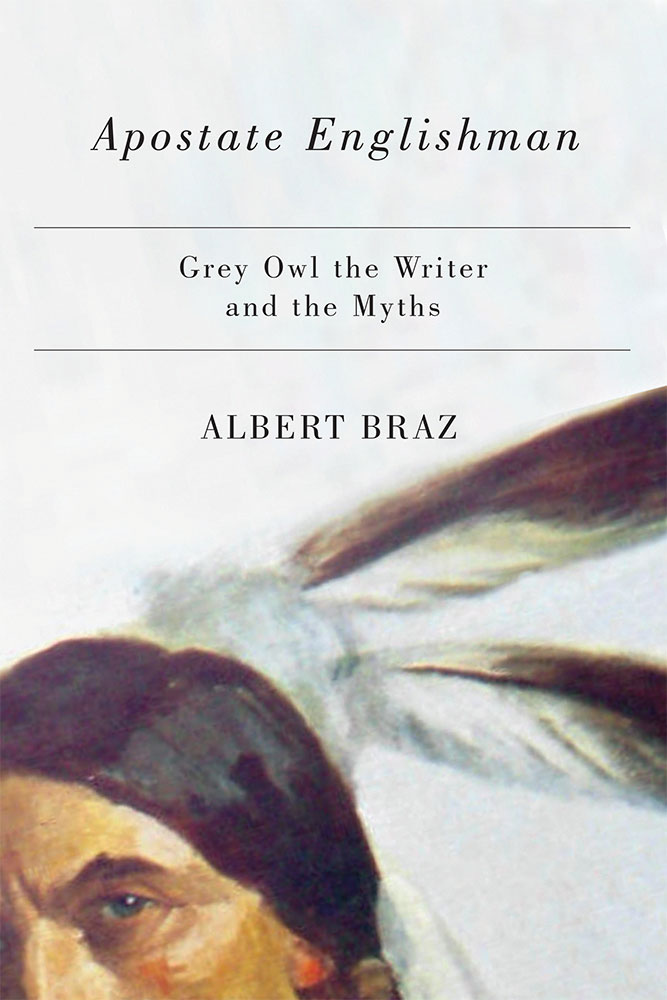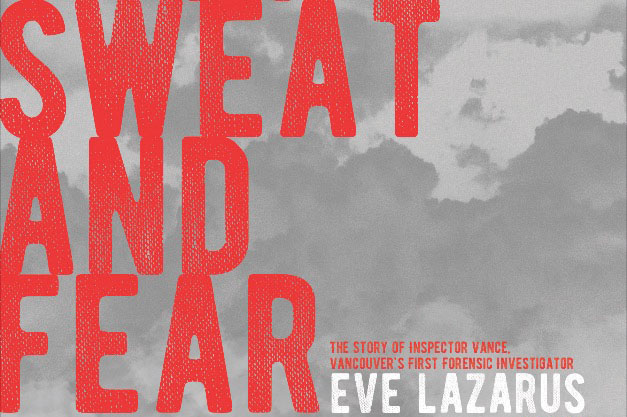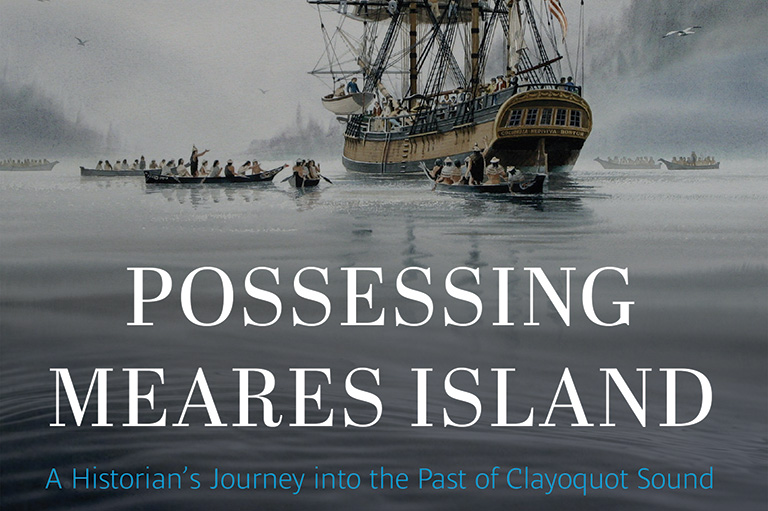Discover a wealth of interesting, entertaining and informative stories in each issue, delivered to you six times per year.
Apostate Englishman

Apostate Englishman: Grey Owl the Writer and the Myths
by Albert Braz
University of Manitoba Press
214 pages, $27.95
Albert Braz’s Apostate Englishman presents a comprehensive study of Grey Owl, whose death in 1938 triggered an international scandal. Grey Owl was a famed trapper-turned-conservationist and the author of four bestselling books on conservation in Canada. The indigenous identity claimed by Grey Owl allowed him a curious public credibility by reinforcing the notion of Aboriginal people as somehow intrinsically in tune with the natural world. Yet the legitimacy of his conservation work was questioned following his death, when the public learned that Grey Owl was really an Englishman named Archie Belaney.
Braz argues that many of those who were troubled by Grey Owl’s appropriation of an indigenous identity were in fact bothered by something else that they considered far more nefarious — the rejection of European culture in a process Braz designates “cultural apostasy,” or the adoption of cultural views different from those of their own society. This approach guides Braz’s account of the life and work of Grey Owl.
Born in 1888, Archibald Belaney was an upper-class Brit whose family was known in literary circles. Despite experiencing some upheaval early in life, Belaney lived a comfortable English childhood pursuing music and Bible study. Though his family planned for him to migrate to Canada to become a farmer, Belaney, who had imagined belonging to the indigenous and natural world for nearly his whole life, had other plans.
Upon his arrival in the New World, he quickly moved on to build his dream. While working as a guide at Temagami, Ontario, Belaney met Angele Egwuna, an Anishinabe woman who would eventually become his first — though not his last, or only — wife. Grey Owl continued to work as a guide and trapper and even enlisted in the Canadian Army, serving in the First World War. It was after his return to Canada that he met Gertrude Bernard, also known as Anahareo, an urban Mohawk woman only five years his daughter’s senior. Bernard inspired Belaney’s ultimate transformation into a conservationist and a writer, but she unceremoniously left him, much as he had done to several previous partners.
Belaney’s story and writings offer a fascinating glimpse into early to mid-twentieth century Canadiana. Regardless of his actual origins, there can be no doubt that Belaney — or Grey Owl, as he preferred to be called — developed an identity that rooted him more firmly in his conservationist cause. In his first essays submitted to Forest and Outdoors magazine in 1930, for example, Grey Owl positioned himself as a “converted” trapper and added that he was a man of Indian blood.
Certainly, Grey Owl took liberties — but his assertion of his own indigenous character also rejected the legal categorizations of his time. Grey Owl’s identity was a cultural one, something that was not alien to communities of indigenous people in Canada who had long considered membership to be rooted in belonging, rather than exclusively in blood.
Apostate Englishman includes important literary analysis, colourful stories about the man and his life, and keen observations on the issues of indigenous status and cultural appropriation. The controversy that surrounded his identity in the wake of his 1938 death demonstrated that Grey Owl was more than just a man — in 1930s Canada, Grey Owl was also a brand. Braz does a great deal to explain Grey Owl and his life but leaves it to readers to determine whether Grey Owl was a calculating fraud or simply a man who chose to reinvent himself within the context of the life he lived and continually re-imagined.





